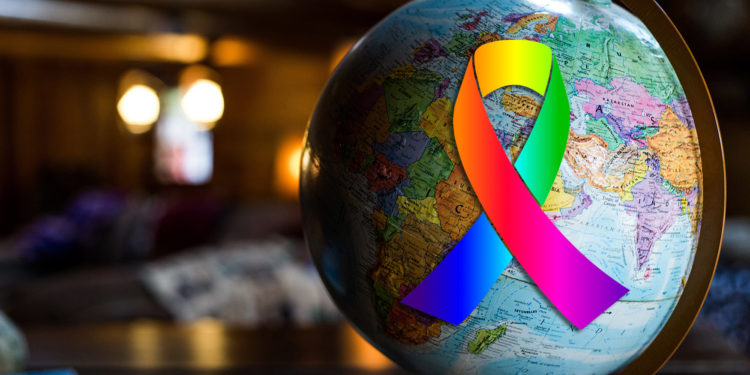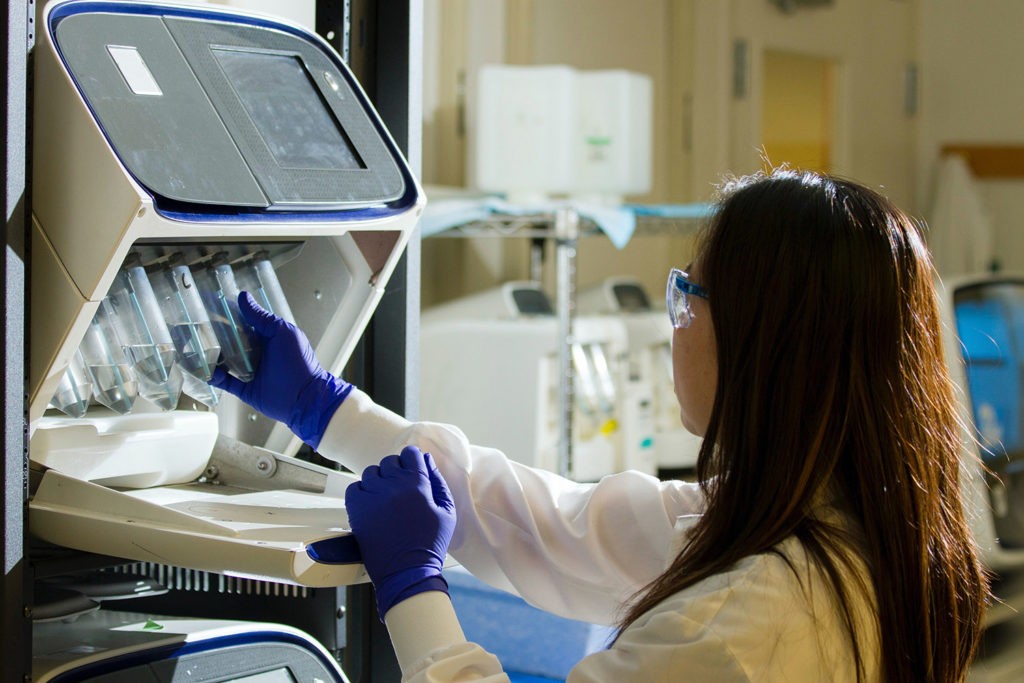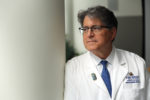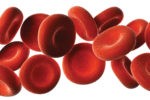World Cancer Day: February 4th, 2022

There Is Hope!

February 4th is not just any other day. It’s World Cancer Day and the one day of the year that reminds us all that each one of us has the power to make a difference, and together we can make huge strides in cancer awareness, research, and treatment.
Cancer. It is a small word with an enormous global impact. But it is impossible to think of cancer’s global impact without thinking of its personal impact. In the United States, there were an estimated 1.9 million cancer cases diagnosed in 2021 and over 600,000 cancer deaths. Cancer somehow touches everyone, and while cancers are complex and frightening, World Cancer Day exists to rise up the army of those who have been impacted in some way and prepare for a battle that we will one day victoriously win.
This year, the theme for World Cancer Day 2022 is “I Am and I Will.” It is a direct challenge to negative misconceptions about cancer. Organizers hope that “I Am and I Will” will serve as a message of hope not just for people living with cancer, but their families, friends, and loved ones too. It is part of a three-year campaign called “Close the Care Gap” which seeks to highlight cancer care inequalities that exist globally as well as here within the US.
In any discussion about cancer, a few questions will inevitably arise; what are the cancer statistics, and how can we make greater strides in research, treatment, and prevention. Although essential for governments, policymakers, health professionals, and researchers to understand the impact of cancer on the population and to develop strategies to address the challenges that cancer poses to society at large, statistics are not always directly applicable to individual patients. Statistics are always a mixed bag. After all, there is a lot we just don’t know.
One thing we do know, and on which we will focus, is that there are now more than 13 million cancer survivors living in the United States, and that number is projected to reach 18 million within just 10 years.
One word. Powerful.
In the midst of the scourge that is cancer, we have something for which to be more than thankful. This phenomenal increase in survivorship will be driven, in large part, by a combination of earlier diagnosis and better treatment of some of the most common cancers, according to the American Cancer Society and the U.S. National Cancer Institute.
This translates, of course, to the value of awareness, earlier screenings, increased access, and continued cancer research.
And according to the American Association for Cancer Research (AACR) Cancer Progress Report 2021, we are making progress. The cumulative effect of advances in cancer over the last 50 years has resulted in reduced overall cancer incidence and death rates in the United States and rising numbers of cancer survivors.
According to the AACR’s analysis:
- The age-adjusted overall cancer death rate declined by 31% from 1991 to 2018, a reduction that translates into 3.1 million lives saved. This reduction includes a 2.4% decline between 2017 and 2018—the largest reduction ever seen in a single year.
- From 1971 to 2019, the number of cancer survivors has grown from 3 million to 16.9 million.
- Efforts to reduce smoking rates have contributed to a 41% decline in lung cancer–related deaths from 1991 to 2018.
- Fueled by research discoveries made over the last 5 decades, molecularly targeted therapeutics and immunotherapies have substantially increased 5-year survival rates for patients with formerly intractable cancers, including lung cancer (from 12.3% in 1975–1977 to 21.7% in 2011–2017) and melanoma (from 18% in 2006–2012 to 30% in 2011–2017).
- The 5-year relative survival rate for all cancers combined has increased to 68% for people diagnosed between 2011 and 2017 from 49% for those diagnosed in the mid-1970s. This trend includes increased 5-year relative survival rates for children and adolescents aged 0 to 19 years, from 63% to 84% in the same time interval.
Also according to the report, from August 1, 2020, to July 31, 2021, the U.S. Food and Drug Administration (FDA) approved:
- Sixteen new anticancer therapeutics; 11 previously approved anticancer therapeutics, which are now approved for treating new types of cancer; 3 new diagnostic imaging agents; 2 new surgery-guiding devices; 2 new multipanel next-generation sequencing liquid biopsy companion diagnostic tests; and 1 new artificial intelligence-driven endoscopy device.
- Breakthroughs in precision medicine include sotorasib, the first FDA-approved therapeutic to successfully target the KRAS oncogene; the first approval of an antibody-drug conjugate, fam-trastuzumab deruxtecan-nxki, for the treatment of HER2-positive gastric cancer; and relugolix, the first oral hormone therapy approved for the treatment of advanced prostate cancer.
- Advances in immunotherapy include FDA approvals of idecabtagene vicleucel, the first approved chimeric antigen receptor T-cell therapy for the treatment of multiple myeloma; dostarlimab-gxly, a new checkpoint inhibitor for the treatment of recurrent or advanced mismatch repair-deficient endometrial cancer; and nivolumab plus ipilimumab for the treatment of mesothelioma.
We list them here because we do not want anyone to miss the remarkable progress we’ve made, or what it means to all those touched by cancer. Amid the smoke of the battle, it is difficult to see that you are on the verge of winning the war. Take in those statistics and let them help reinvigorate your determination.
To win this battle, we need to continue to drive progress by pushing for greater funding for research and more equitable access to all patients. One-third of the most common cancers can be prevented and many more are treatable when found in their earliest stages. The benefits of increased access to healthcare and its impact on prevention and early detection are indisputable, yet huge barriers exist across our populations. Interestingly, a side effect of the COVID-19 crisis was a dramatic leap forward in access across all populations. In the space of mere months, we experienced a decade’s worth of technology adoption that enabled more people from all populations to access care remotely, removing barriers such as transportation, time off work, or language differences.
While the pandemic continues to exact a horrible toll, the response within the healthcare community demonstrates what good can come from unprecedented levels of scientific collaboration and dissemination, massive effort, adaptability, and teamwork.
We must continue to harness this power in our fight against cancer and never lose sight of the “whys” that give our efforts a deep depth of purpose.
Resources: American Cancer Society and U.S. National Cancer Institute





